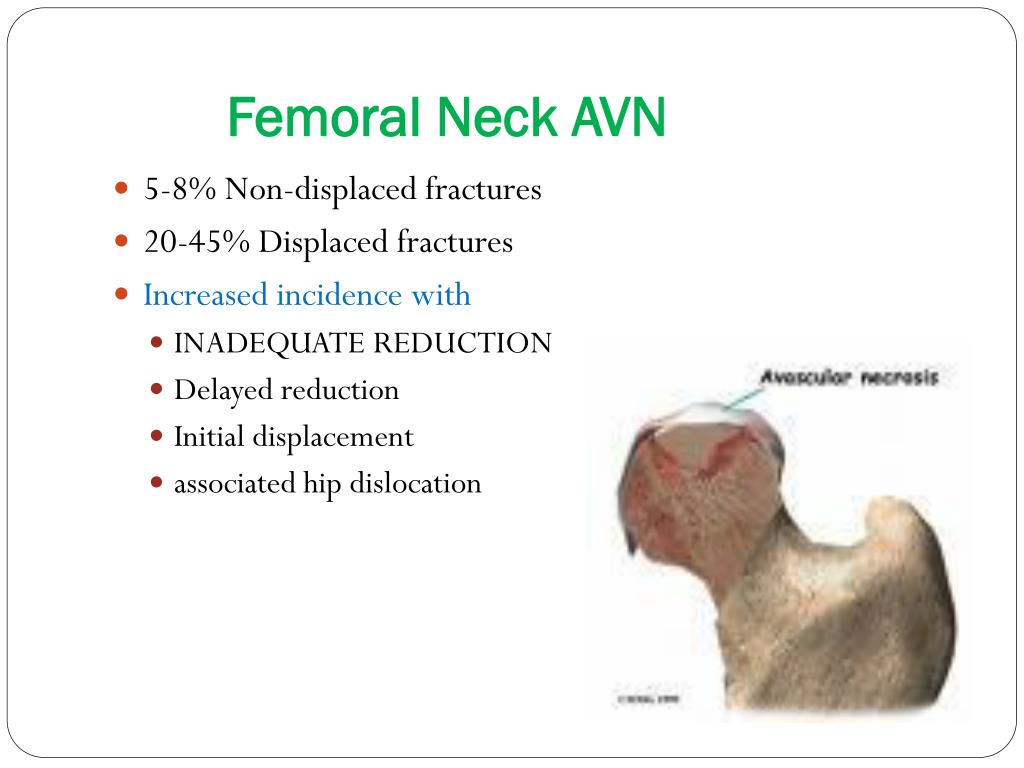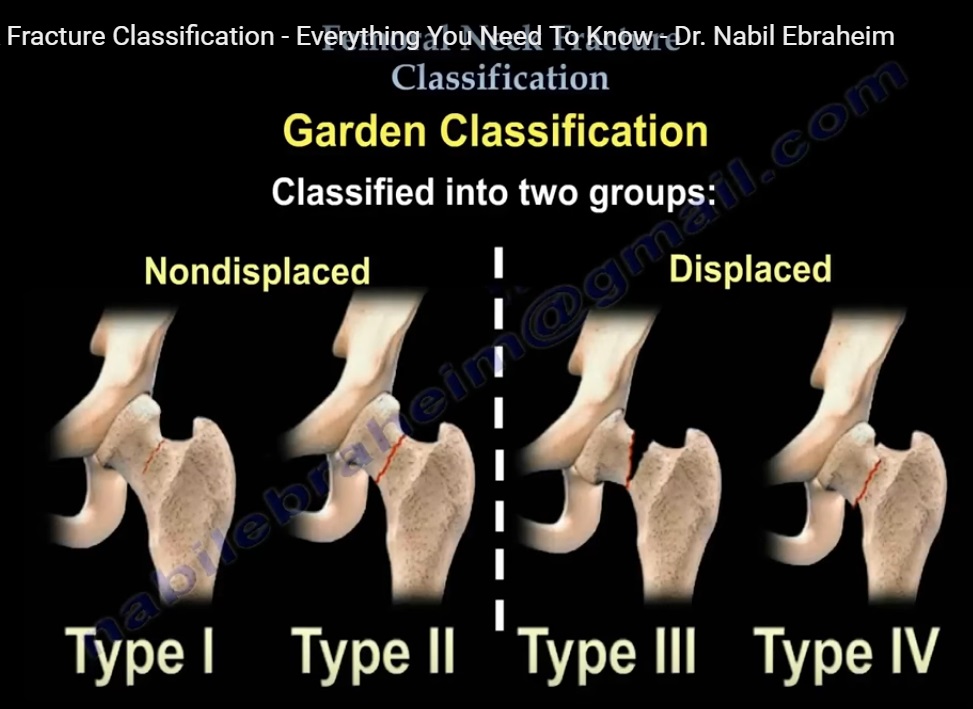
In spite of earlier research, the poor outcome for people with hip fracture has not improved and mortality has not been reduced. Among nursing-home residents with hip fracture the most common causes of death were infection, dementia and cardiac events and, in more recent studies, cardiac and infectious diseases.

The most common causes of death in one autopsy study were chest infection, cardiac failure, myocardial infarction and pulmonary embolism. Only a few studies describe the causes of death. One study suggests that the increased mortality is associated with postoperative complications, others ascribe it to pre-fracture co-morbidities together with postoperative complications, or suggest that the co-morbidities are the underlying cause. The causes of excess death have been a subject of debate. ĭeath following hip fracture has been associated with several risk factors older age and male sex, severe systemic disease, pre-fracture functional impairment, cognitive decline, coronary heart disease and the number of co-morbidities. We have shown earlier that a multidisciplinary, multi-factorial rehabilitation program reduced in-hospital complications, including significant fewer in hospital falls but there was no difference in the number of falls during 1 year after discharge. One such study found that postoperative complications and 12-month mortality among community dwellers were reduced when a comprehensive multidisciplinary fast-track treatment and care program were put in place. Ī range of interventions to reduce the rate of in-hospital postoperative complications and mortality have been reported in the literature. Another study found heart failure and chest infections to be the most common postoperative complications, while a more recent study showed that falls, fractures and pneumonia were the most common. The most common postoperative complications were delirium and infection. One study found that 33 % of the participants had at least one complication after an operation for hip-fracture which led to prolonged hospitalization. Ī variety of postoperative complications and times to follow-up are described. Despite research into care improvements for hip fracture patients, for example in the fields of medical and surgical care or the use of multidisciplinary teams, it has been shown that fewer than half regain their previous level of function and the mortality rate has remained stable over the past 40 years. Studies have been performed to optimize care of hip fracture patients and the consensus concerning preoperative management, time to surgery, operative management, surgical technique and postoperative care has led to recommendations concerning clinical care pathways and a multidisciplinary approach. It has been shown that older people have a 5- to 8-fold increased risk of dying during the first 3 months after a hip fracture. There is a well-established increased risk of death after hip fracture. The annual number of such fractures in Sweden is expected to almost double during the first half of this century. Hip fractures are a common and major health problem among older people. Thus randomized intervention studies should focus on prevention of complications that might be avoidable such as infections, heart diseases, falls and fractures.

Old people with femoral neck fracture have multiple co-morbidities and suffer numerous complications. In total, 136 participants suffered at least one urinary tract infection 114 suffered 542 falls and 37 sustained 56 new fractures, including 13 hip fractures, during follow-up. Cardiovascular events (24 %), dementia (23 %), hip-fracture (19 %) and cancer (13 %) were the most common primary causes of death. Seventy-nine out of 199 participants (40 %) died within 3 years. Multivariate analysis revealed that cancer, dependence in P-ADL (Personal Activities of Daily Living), cardiovascular disease, dementia at baseline or pulmonary emboli or cardiac failure during hospitalization were all independent predictors of 3-year mortality. Medical records and death certificates were analysed. The participants were assessed during hospitalization and in their homes 4, 12 and 36 months after surgery.
#Femoral neck fracture complications trial
Methodsĭata was obtained from a randomized, controlled trial with a 3-year follow-up at Umeå University Hospital, Sweden, which included 199 consecutive patients with femoral neck fracture, aged ≥70 years.

The aim of the study was to describe the prevalence of co-morbidities, complications and causes of death and to investigate factors that are able to predict mortality in old people with femoral neck fracture. The poor outcome after a hip fracture is not fully understood.


 0 kommentar(er)
0 kommentar(er)
